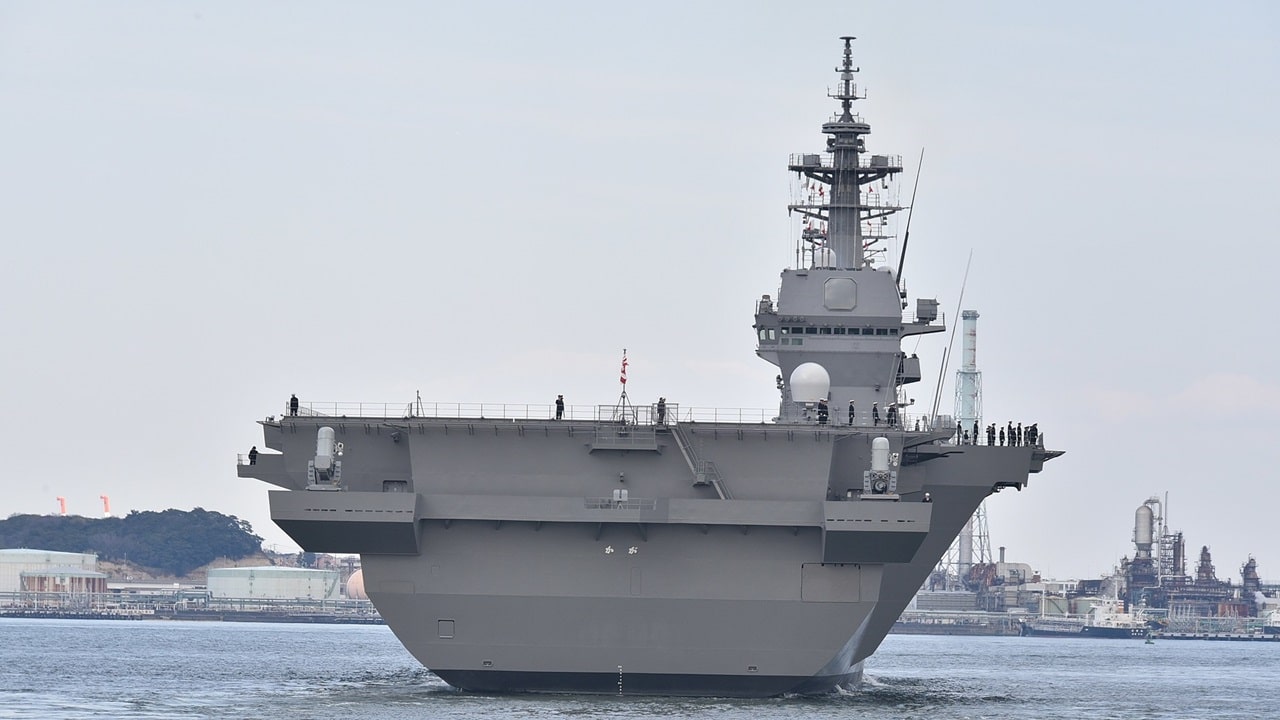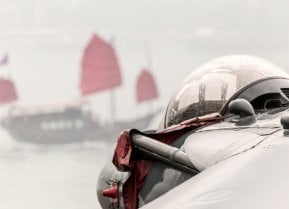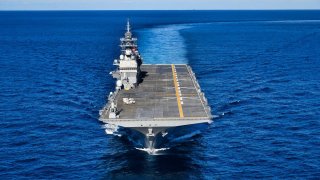America's Allies are 'Allying' Together to Stop China's Aggression
On Monday, Japan and the Philippines signed a historic defense agreement, allowing the deployment of Japanese forces in the Philippines and vice versa for joint military exercises.
Summary and Key Points: On Monday, Japan and the Philippines signed a historic defense agreement, allowing the deployment of Japanese forces in the Philippines and vice versa for joint military exercises.

-This marks the first time Japanese troops will freely visit the Philippines since World War II. The pact, a response to Chinese aggression, strengthens the pro-U.S. alliance in the Indo-Pacific region.
-Japan's reinvigorated military interest is evident in its advanced air and naval capabilities, including the F-35 stealth fighters and a substantial fleet of warships. The agreement underscores the growing regional cooperation to counter Beijing's expansionist threats.
On Monday, Japan and the Philippines signed a defense agreement, strengthening the pro-U.S. alliance in the Indo-Pacific region.
Both countries are important U.S. allies in the region and pillars of Washington’s strategy to counter malicious Chinese expansion in the region.
A Defense Pact
The defense agreement between the two Asian countries will allow the deployment of Japanese forces in the Philippines and that of Filipino troops in Japan for joint military exercises. This would be the first time Japanese troops would freely visit the Philippines since the brutal Imperial Japanese occupation during World War II.
Both countries decided to put the past behind them as new threats coming out of Communist China endanger their sovereignty and that of other countries in the region.
Of course, Beijing opposed the defense pact between its two Asian neighbors and expressed its concern about potential regional instability in its wake.
However, it is Beijing’s actions that have forced former enemies like Japan and the Philippines to come together and join forces. Indeed, Chinese aggression in the region concerns most of its neighbors, including South Korea, Japan, India, Vietnam, Australia, and the Philippines. In the face of Chinese threats, these countries seek security in the United States and amongst themselves.
A Rising Sun
This defense agreement also shows Tokyo’s reinvigorated interest in military affairs. Since August 1945 and the end of World War II, a heavy shadow has loomed over Japan. The country’s aggression before and during the war and the horrors committed by Japanese troops throughout the Indo-Pacific imposed an acute sense of shame and guilt on the Japanese people. Indeed, up until very recently, the Japanese constitution limited the number of troops the country could have and the missions they could undertake.
The United States’ commitment to defend the Japanese islands during the Cold War made Tokyo’s decision to outsource its defense easier. But almost eighty years after the end of World War II, it is clear that Japan is undertaking a more assertive role in the region, and that can only be positive for the United States.
The Japanese military possesses important capabilities, especially in naval and air assets. In terms of air assets, the Japan Air Self-Defense Force flies the F-35A/B Lightning II stealth fighter, the most advanced combat aircraft in operational use today. In total, Japan expects to have 105 F-35A and forty-two F-35B stealth fighter jets. In addition, Tokyo has over 150 F-15J Eagle fighter jets.
As far as naval assets, the Japan Maritime Self-Defense Force can field over 150 warships, submarines, and support vessels, making it the second-largest in Asia in terms of tonnage. Specifically, Tokyo has approximately twenty-eight destroyers, twenty-four submarines, eight guided-missile destroyers, six frigates, and four helicopter carriers, among other warships and support vessels.

Most importantly, Japan’s four helicopter carriers can also serve as light aircraft carriers in combination with F-35B Lightning II stealth fighter jets, which have Short Take-Off, Vertical Landing (STOVL) capabilities and can take off like helicopters.
About the Author:
Stavros Atlamazoglou is a seasoned defense journalist specializing in special operations and a Hellenic Army veteran (national service with the 575th Marine Battalion and Army HQ). He holds a BA from Johns Hopkins University and an MA from Johns Hopkins’ School of Advanced International Studies (SAIS). His work has been featured in Business Insider, Sandboxx, and SOFREP.
All images are Creative Commons.
From the Vault
The Russian Navy Is Dying in Ukraine
Russia's Last Battlecruiser Could End Up Just Like U.S. Navy Battleships


